Bean Blue Lake
$4.95
Phaseolus Vulgaris
- Seed Count 15
- Does Well in Warm Climates
- Annual
In stock
Description
Introduced in 1885, and still going strong nearly a century and a half later, the climbing Bean Blue Lake is a reliable, high-yielding bean with a flavour you’ll keep coming back for. It’s a classic for a reason. These beans don’t just perform well early in the season, they keep cropping steadily, week after week, right through summer.
The pods are smooth, stringless through every stage of growth, and tender enough to eat straight from the vine. The flavour is rich and sweet—subtle but distinctive—and the sort of thing that makes you pause between bites to appreciate how much better homegrown really is. And if you’ve ever battled tough conditions and lost crops to heat or dry spells, you’ll appreciate just how resilient Blue Lake can be. The pods stay sweet and succulent through challenging weather, making it one of the best choices for Australian gardens on the warm side.
In a mixed garden, where you’re tucking veggies in between flowers or along fences, these beans do double duty. Not only are they productive, but they look good too with their lush green vines and pale flowers.
Another big tick in the Blue Lake column is its versatility in the kitchen. These beans are tender enough to eat raw when young and you can just give them a rinse and toss them into salads for a fresh, crunchy hit. They hold their shape and flavour beautifully when steamed, sautéed, or added to stir-fries and pasta dishes. But they’re also excellent for freezing, which means you can pop away handfuls throughout the season to enjoy long after the vines have finished their show.
If you let some pods mature at the end of the season, they’ll produce stunning, smooth white seeds that can be used as dried beans which are perfect in soups, casseroles, and chilli. You can store them for months, even years, in a cool, dry jar, giving you another layer of value from this already generous plant.
For those looking to introduce kids to the garden, the quick reward of harvesting crisp green beans right off the vine is satisfying for all ages, and the plants are tough enough to cope with a bit of enthusiastic picking. Watching beans form and lengthen almost daily becomes a fun project and a sneaky way to encourage eating more greens.
| Method: Sow direct | Soil Temp: 16°C - 30°C |
| Cool Mountain: Oct - Dec | Position: Full sun |
| Arid: Sep - Jan | Row Spacing: 20cm |
| Temperate: Sep - Jan | Planting Depth: 10mm |
| Sub Tropical: Aug - Apr | Harvest: 70 Days |
| Tropical: Apr - Jul | Plant Height: 2m |
Growing Climbing Beans
Climate and Timing:
- Planting Time: In temperate regions, late spring to early summer is best.
- In subtropical areas, you can plant beans from late winter to early autumn.
- Temperature: Beans thrive in temperatures between 15°C to 30°C. They require a frost-free period to grow effectively.
Soil Preparation
- Soil Quality: Ensure the soil is well-draining with good fertility. Beans prefer a neutral pH of 6 to 7.
- Improving Soil: Before planting, enrich the soil with compost or well-rotted manure. Beans fix nitrogen into the soil, but added organic matter supports initial growth.
Planting Process:
- Sow seeds directly once the danger of frost has passed.
- Plant seeds about 1 cm deep and space them 20 cm apart within rows 20 cm apart.
- If using a trellis or teepee system, space these supports accordingly before planting.
Support Systems:
- Use sturdy supports. Trellises, teepees, or poles work well.
- For trellises, orient them north to south to maximize sunlight exposure on both sides.
Watering and Maintenance:
- Watering: Regular watering is crucial, particularly during flowering and pod set.
- However, avoid waterlogging, which can drown roots or promote fungal diseases.
- Mulching: Apply mulch to retain soil moisture, regulate temperature, and reduce weed growth.
Fertilisation and Care:
- While beans generally do not require much fertilisation due to their nitrogen-fixing ability, a light application of a balanced organic fertiliser at the start of the growing season can help.
- Regularly inspect plants for signs of common pests like aphids or spider mites and manage with appropriate organic treatments if necessary.
Harvesting:
- Beans typically mature within 70 days after planting.
- Harvest when the pods are firm and before seeds inside begin to bulge, ensuring tender beans.
- Picking pods regularly encourages further production.
Companion Planting
Compatible Plants:
- Corn: Provides natural supports for beans to climb, forming a symbiotic relationship where beans fix nitrogen, boosting corn’s growth.
- Squash and Pumpkins: With their broad leaves, these plants help control weeds by shading the soil and maintaining moisture.
- Carrots and Radishes: Utilise vertical garden space efficiently, with roots growing underground while beans climb upward.
- Marigolds: Known for their pest-repellent properties, they attract beneficial insects and deter harmful nematodes.
Plants to Avoid:
- Alliums (Garlic, Onions): These can inhibit bean growth due to the production of chemicals that negatively impact bean roots.
- Beets: They compete for similar nutrients, potentially stunting each other’s growth.
Additional Tips:
Crop Rotation:
- Rotate beans with other crops to prevent pest buildup and improve soil nutrients.
- Avoid planting where legumes have grown in the past two years.
Pest and Disease Management:
- Implement pest control measures early. Use natural or organic pesticides if necessary, and encourage predators such as ladybirds.
- Prevent diseases through proper spacing to ensure good air circulation and by removing diseased plants promptly.
Postage Charge
Orders under $30 attract a $4.95 shipping charge. Orders $30 and above have free shipping.
Order Times
Seed orders are normally dispatched within three business days. You will receive an email when seeds are mailed out.
Postage Days
Seeds are mailed out Monday to Friday at 1pm. Except for the Friday of long weekends.
Postage Times
WA 2-3 Days: SA,NT 3-5 Days: NSW, ACT, QLD, VIC: 5-7 Days
Carrier
We use Australia Post Letter Postage for the majority of orders
Not only are our seeds packed in recycled paper envelopes, we keep the theme going when we post out website orders. To protect your seeds from moisture and the letter box munchers (snails), we use a very special plastic free material made from plants. They are then put into recycled mailing envelopes. Green all the way 💚🌿








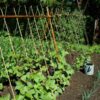

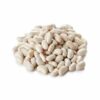
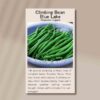


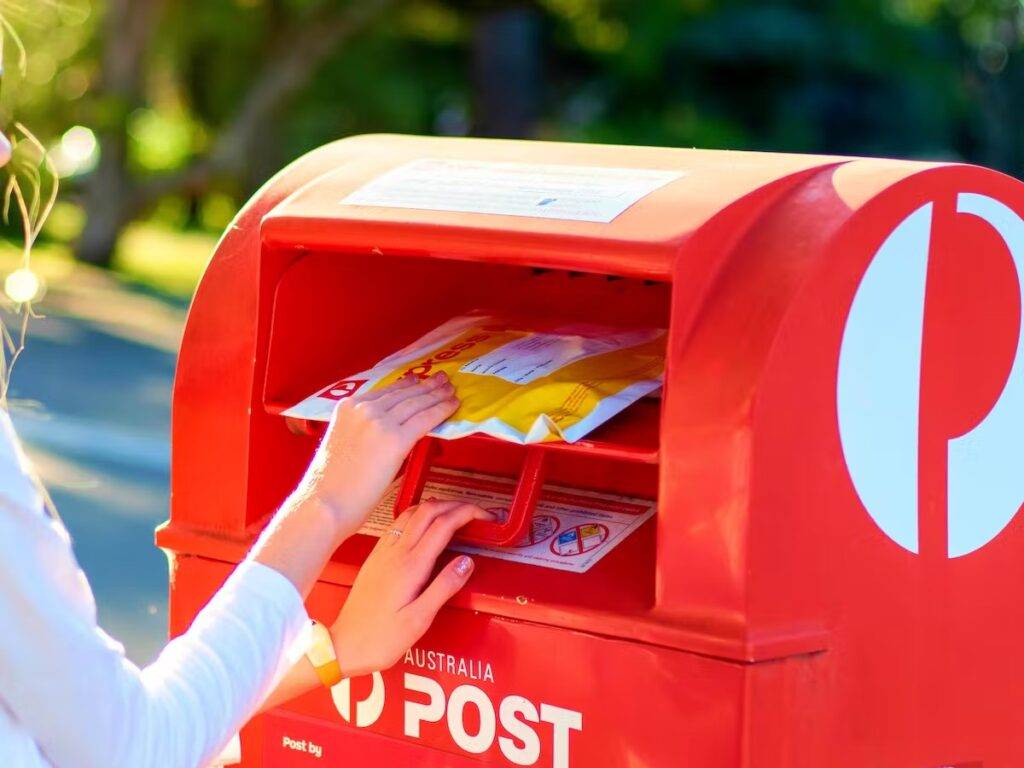
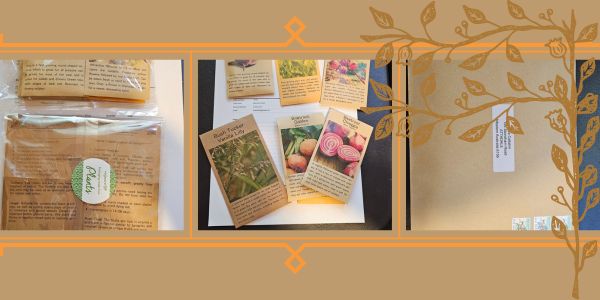

A great bean if the critters don’t get em first!